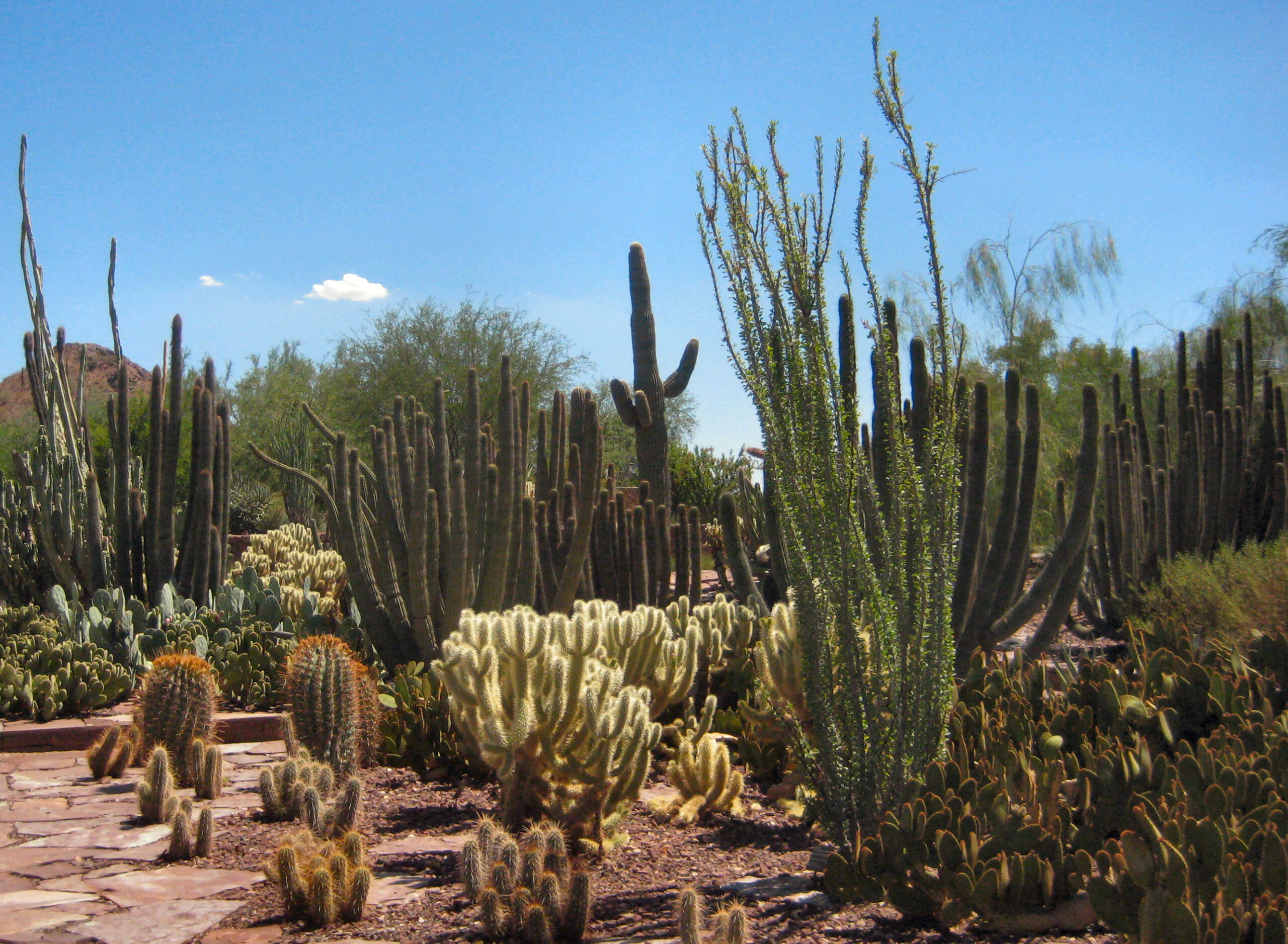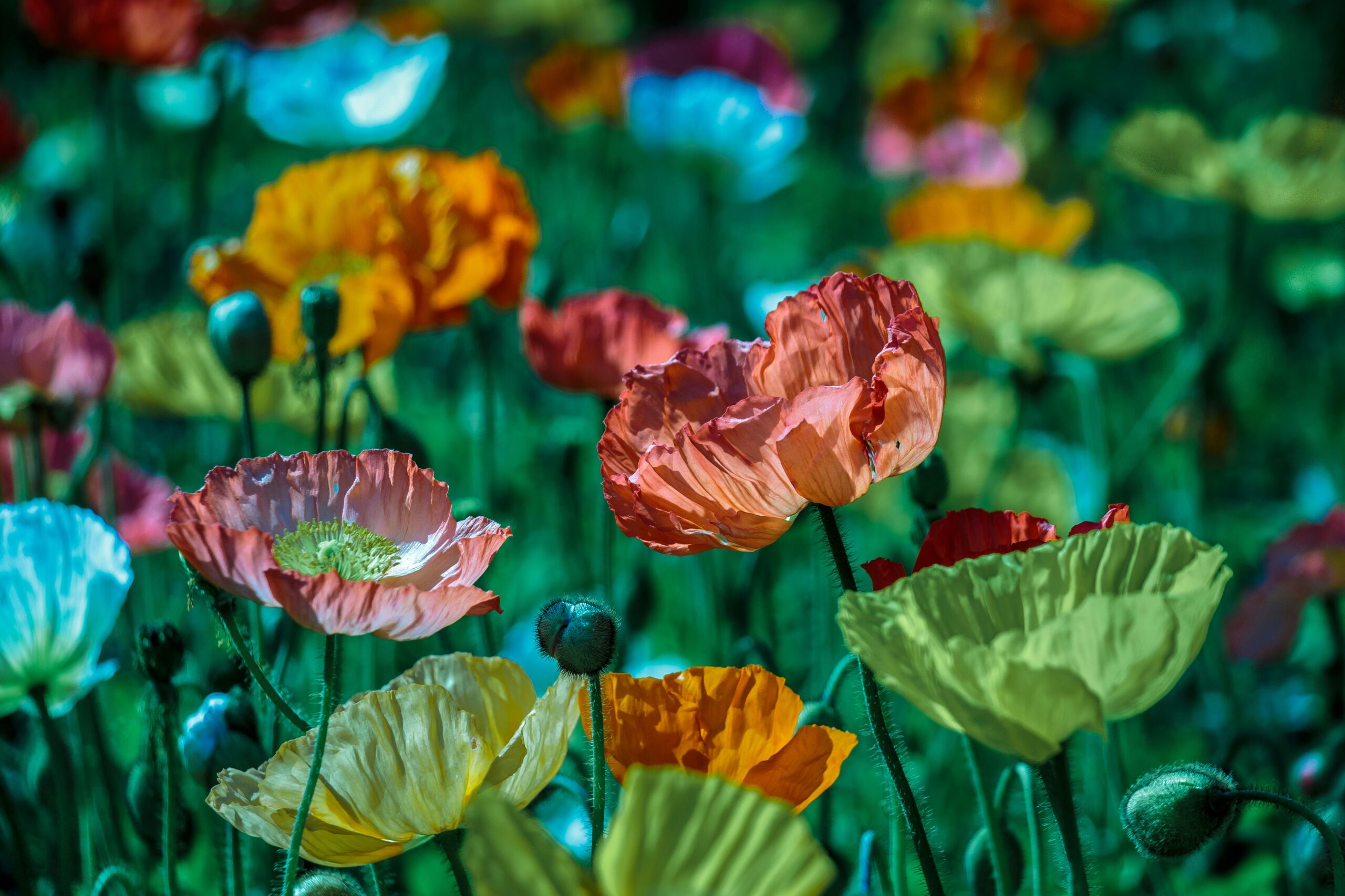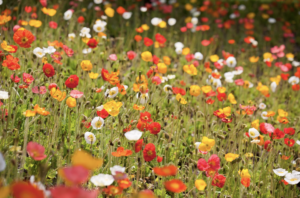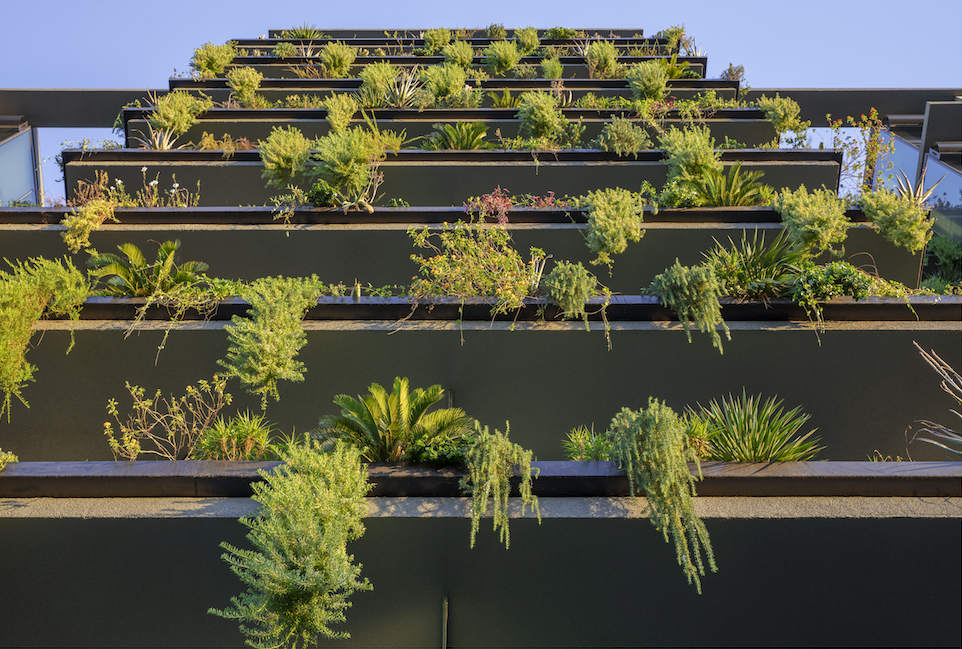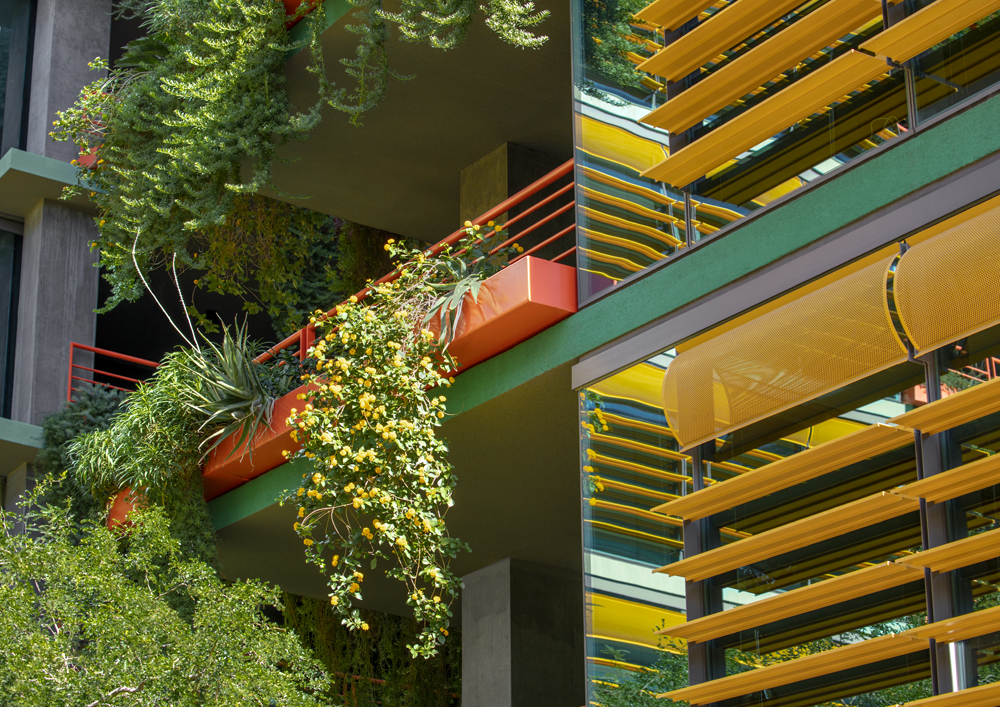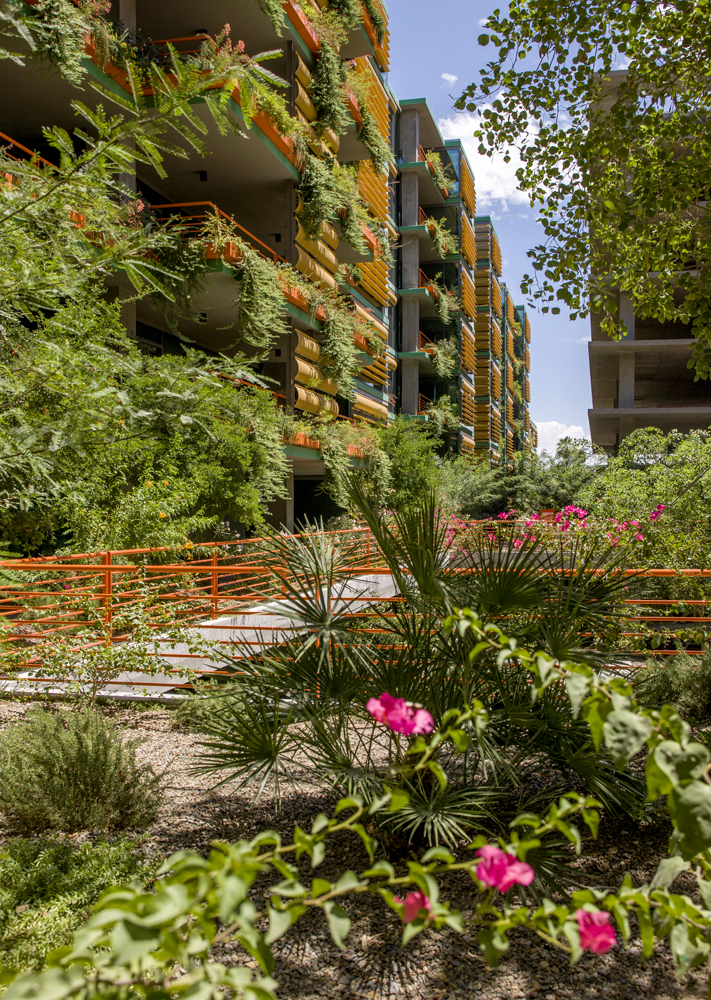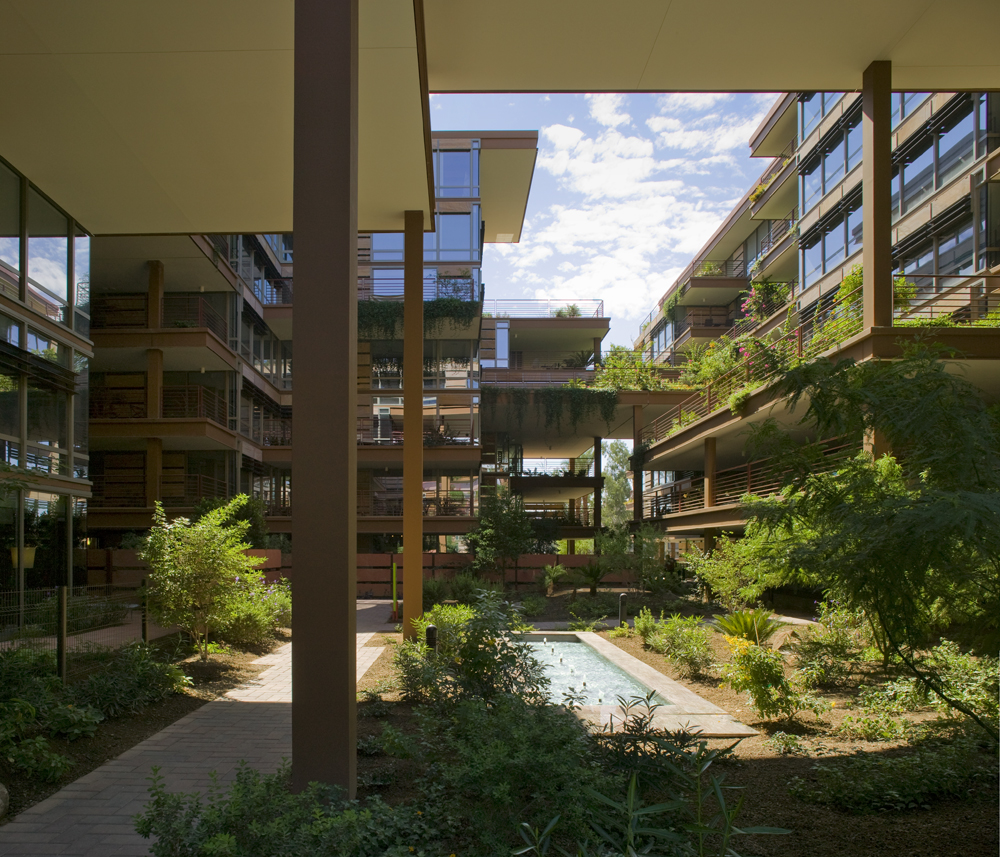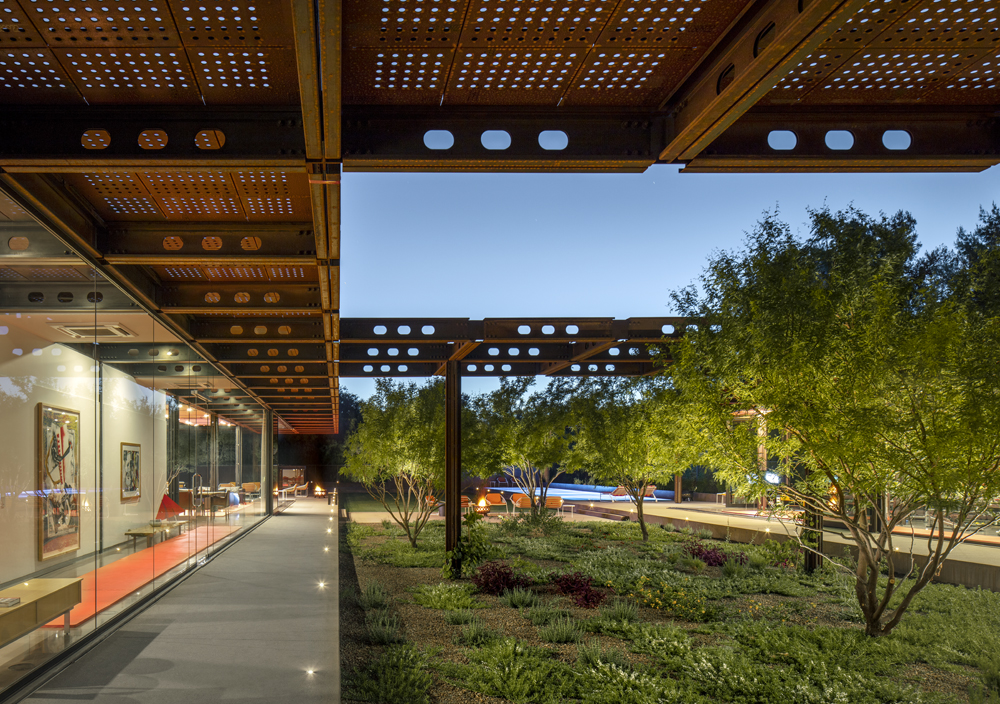At Optima®, we’re always excited to spotlight spaces that celebrate the captivating beauty of nature while enriching our communities. Today, we venture to the sun-drenched landscapes of Phoenix, home to the remarkable Desert Botanical Garden. This natural wonder encapsulates the magic of the desert, bursting with over 50,000 desert plants across its sprawling 140-acre expanse.
Founded in 1939, the Desert Botanical Garden has curated an outdoor gallery that beautifully showcases desert plants’ resilience and diversity. From towering saguaro cacti to delicate desert wildflowers, each exhibit is a testament to the rich biodiversity that thrives in the seemingly harsh conditions of the desert.
The garden is more than just a collection of desert flora; it’s a living, breathing embodiment of the Sonoran Desert’s essence. It presents a series of trails such as the Desert Discovery Loop Trail and the Sonoran Desert Nature Loop Trail, each unfolding a unique story of desert life. As you walk these trails, you’ll find yourself immersed in an incredible mosaic of desert beauty.

But the marvel doesn’t end with its spectacular plant life. The Desert Botanical Garden is also an active hub for research and conservation. It is deeply committed to protecting the desert’s natural splendor, ensuring that future generations will be able to marvel at these landscapes just as we do today.
Beyond the exploration of desert life, the garden hosts an array of vibrant events and exhibitions. From awe-inspiring art installations to engaging educational programs for adults and children, the Desert Botanical Garden pulses with an energy that extends beyond its plant life. There’s always something to delight in, learn from, and explore.
Visitors are also greeted by the striking Ottosen Entry Garden. This architectural delight, inspired by desert patterns and interspersed with bold plant colors, sets the tone for an immersive desert exploration. It’s a testament to how architecture can meld seamlessly with nature, creating a grand entry into the desert’s heart.
As we at Optima® celebrate the places that elevate our appreciation for the natural world, the Desert Botanical Garden stands as a magnificent testament to the desert’s allure. It challenges the perception of deserts as lifeless terrains, instead revealing an ecosystem brimming with life, beauty, and countless stories waiting to be discovered. The garden invites us all to step into the desert landscape, uncovering the rich, abundant life that flourishes under the Arizona sun.
